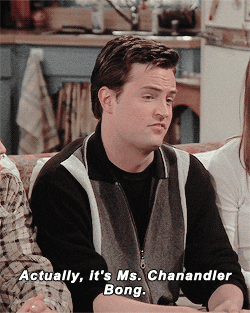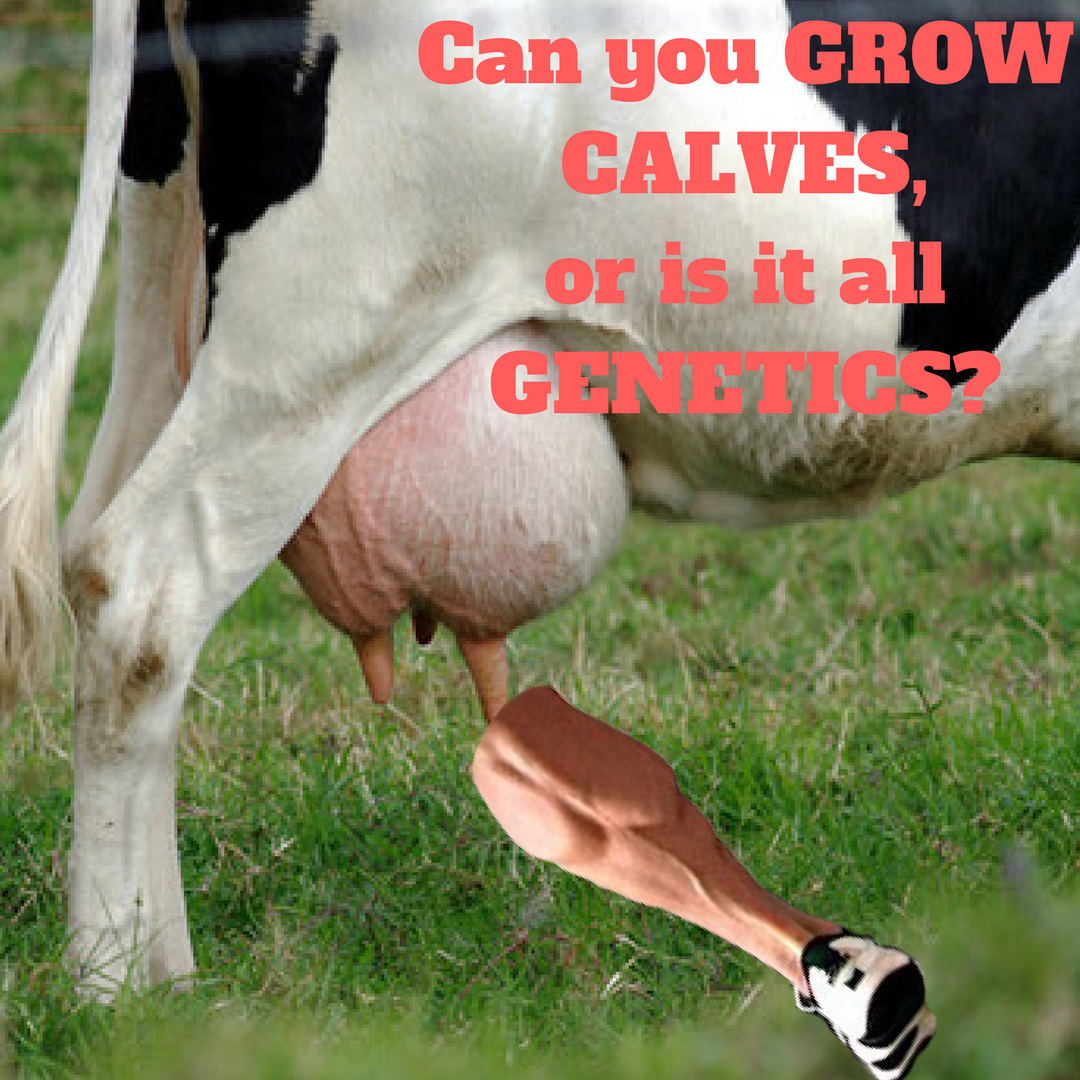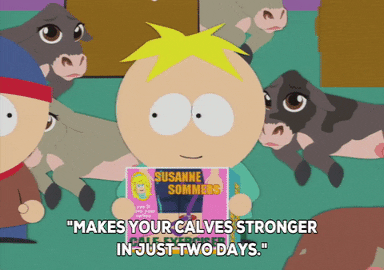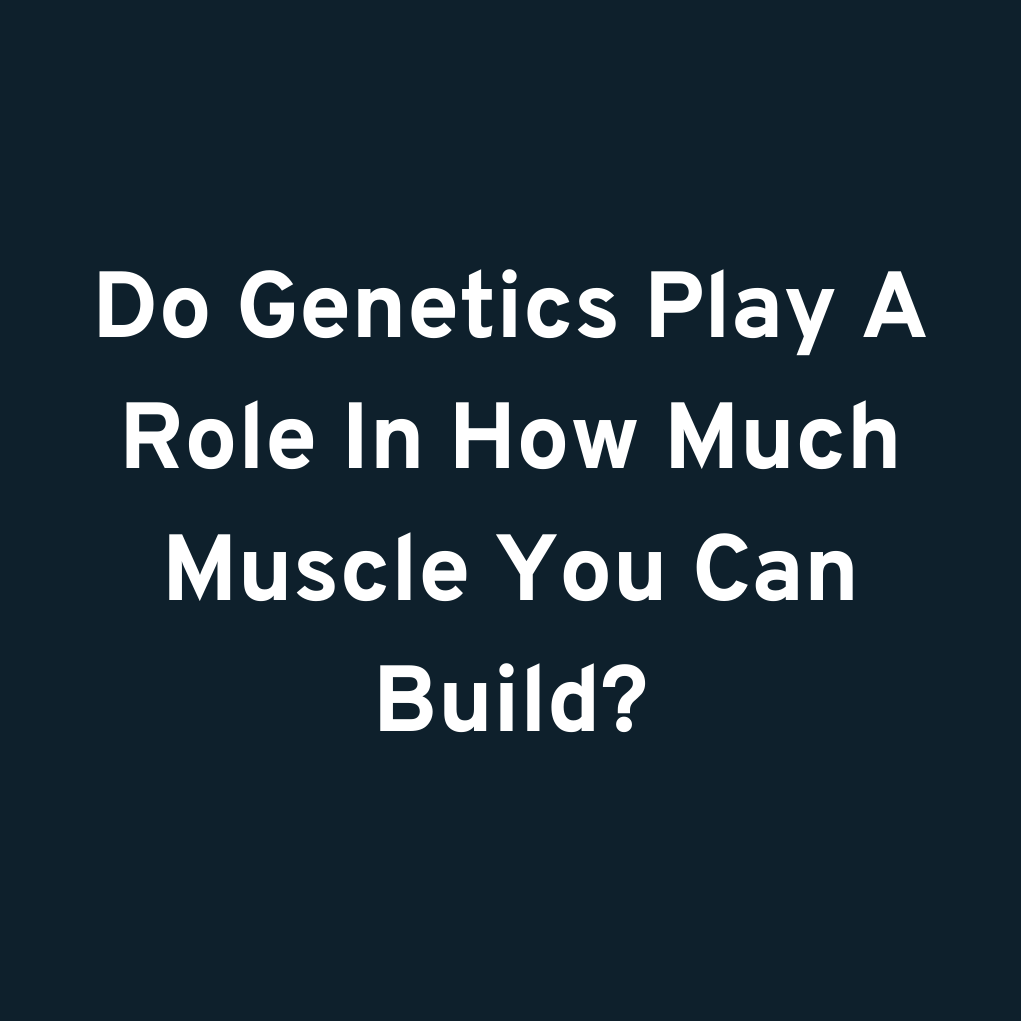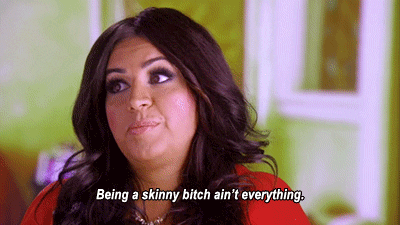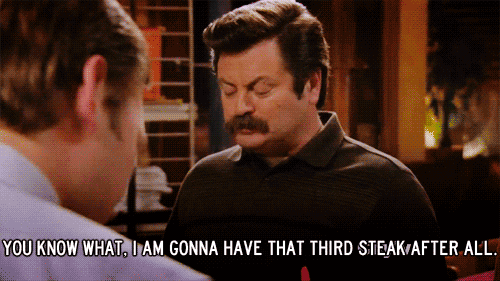How can I lose a large amount of weight/fat in a very short time period?
As a personal trainer, I’ve been asked different variations of this question HUNDREDS of times.
Most people don’t like my answer…
A well-balanced diet, that allows a calorie deficit and doesn’t make you feel awful. Don’t try to entirely eliminate anything. If you want to keep the weight off long term, you shouldn’t be losing weight all that rapidly (1-2 lbs/week TOPS).
But wait, not KETO?
Isn’t the secret to weight loss intermittent fasting?
Nah. All diets that WORK operate on the same principle: calorie deficit. I’ve already beat this horse to death.
Healthy, SUSTAINABLE fat loss isn’t extremely fast, and can take quite a long time.
Play the Long Game
Crash dieting is wildly unhealthy, exceptionally miserable, and DOESN’T USUALLY WORK for long.
Now, obviously short term, you can get results from starving yourself. Eating less than 1000 calories a day, and 7 days/week of intense workouts will lead to lots of weight loss very quickly, for a few weeks. The issue is, your body is an adaptation machine.
After a few weeks, your body gets used to the low calories and intense workouts. This caloric intake/exercise level become your body’s new baseline. To continue to change from this point, you’ll need to cut calories even lower, and exercise EVEN MORE.
Continuously adding more exercise and eating fewer calories is only sustainable for so long before most fall of the wagon completely, well short of their weight loss goals. Those that do hit their goals following a regimen like this find themselves in a deep hole of their own digging.
Once you’ve hit your weight loss goal, you want to be able to stop dieting right?
The issue is, by the time your goals are achieved, your body’s set point for calories is so low, and set point for exercise is so high, that eating over 1000 calories in a day, or exercising 5 days a week instead of 7, causes large amount of weight gain.
Eating that little and working out that much simply isn’t sustainable for the rest of your life.
This is why so many crash dieters constantly bounce between skinny and fat, and why the “Biggest Loser” gets lawsuits filed against it. (For real, check out this study on the “Biggest Loser” contestants weight gain post show: )
Do yourself a favor, play the long game when it comes to weight loss. Take a few extra months to spend the rest of your life lean and healthy, and not vice versa.
Step 1: Create a calorie deficit
This is necessary to lose weight/fat. Consistently being in a deficit should be your biggest focus throughout the weight loss process. Food tracking apps such as MyFitnessPal are EXTREMELY helpful for this process.
One pound of body fat is equal to 3,500 calories.
To lose one pound of body fat, you need to eat 3,500 calories less than your maintenance calories.
If you eat 500 calories less than your maintenance calories every day for 7 days, you should have lost about a pound of fat. (500 x 7 = 3,500)
If you don’t know your maintenance calories, use this calculator.
Start by trying to average 3,500 calories below maintenance levels every week. Looking at calories as a weekly total instead of a daily total allows you more flexibility for social events and such. Having days of higher and lower calorie intake (as opposed to 500 calories deficit every day) is also thought to keep your metabolism running faster, longer.
This should lead to you losing 1-2 lbs/week.
If you’re consistently losing more than 2 lbs per week, eat more. Losing weight too rapidly probably means your not eating enough. This leads to a dramatically slowed metabolism, muscle loss, and eventually GAINING THE WEIGHT BACK.
If, after two weeks of being in a calorie deficit, you’ve lost 1-2 lbs, or your body measurements have decreased, don’t change anything, you’re on the right track.
If weight isn’t changing, but you’re noticeably leaner or body measurements have decreased, DON’T reduce calories.
If your weight and body measurements stayed the same, reduce weekly calories by 3-5%.
If you gained weight, reduce weekly calories by 5-10%.
Calories OUT > Calories IN = Calorie Deficit
Step 2: Eat Adequate Protein
Focus on getting adequate protein. Protein is muscle sparing, meaning consuming more allows you to hold onto hard earned muscle while shedding fat. Maintaining more muscle mass also helps keep your metabolism faster.
Everyone’s nutrient needs are different, but a good target to aim for in a cutting phase is: .8-1 gram of protein per lb of bodyweight, per day. (If you weigh 200 lbs, eat 160-200 grams of protein per day).
Step 3: Take Diet Breaks
If you’ve been eating in a calorie deficit, over time your body will adapt to the lower calories by slowing the metabolism, which in turn slows down fat loss.
If, despite being in a considerable calorie deficit for at least 4 weeks, your fat loss has come to a grinding halt, or if you’ve been dieting 10+ weeks, it’s probably time for a diet break.
Diet breaks give your body several days of higher-than-usual calories. The increased calories, although not enough to cause much fat gain, send the body the signal that it is once again in a well fed state, and can increase the metabolic rate to match the increased calories.
It’s also a wonderful mental break, and allows you to hold on to more muscle as you continue with the fat loss process.
For more in depth information on diet breaks, check out this article by Lyle McDonald.
General outline of a diet break: take your calories back to maintenance levels, or even a slight surplus (within a few hundred calories of maintenance levels). 1-2 weeks should be sufficient for most of the positive changes that accompany a diet break to occur: hormones that get out of whack due to dieting return to normal, you’ll feel mentally rejuvenated, physically stronger, and your metabolism will be FASTER, leading to quicker fat loss.











